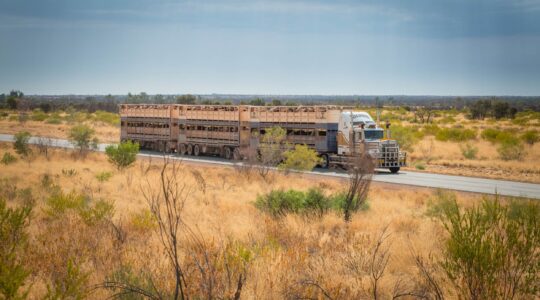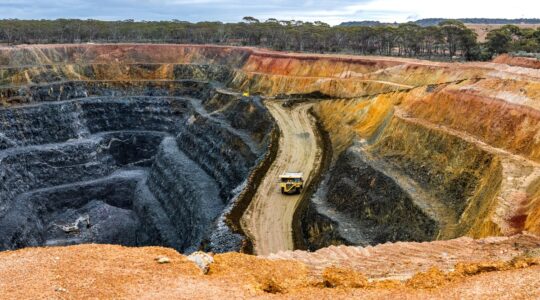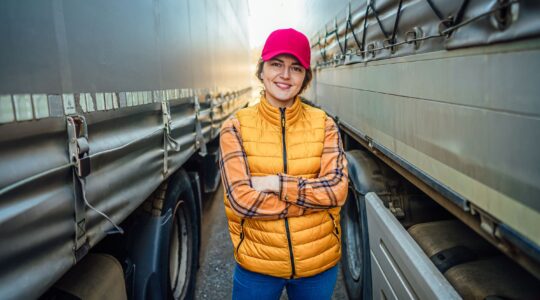Queensland has the opportunity to tap into a trillion-dollar revenue bucket by leveraging its global advantage in critical minerals, especially vanadium.
Critical Minerals Group (CMG) Managing Director Scott Winter said the local industry was leaving billions of dollars on the table due to a limited battery industries supply chain.
Mr Winter said the Brisbane-based company was looking to change that by producing vanadium electrolyte for Vanadium Redox Flow Batteries (VRFB) in South-East Queensland from the raw material it will mine at its Julia Creek site in the north of the state.
He said Australia boasted 47 percent of the world’s published global vanadium resources, with almost half of the lode in Queensland.
“We need to build on that advantage. We are very good at up-front mining and processing, but historically stop there.”
Mr Winter said the opportunity was huge, with global revenue in battery pack assembly $418 billion on its own.
“When you also consider cell manufacturing and integration, maintenance and recycling services, there is a trillion-dollar revenue pot on offer.”
He said presently Australia represented less than one percent of the global presence in the downstream value-add space.
“We have all the attributes to build a resilient and sustainable battery supply chain in this country.”
Mr Winter said the offtake resulting from Federal Labor’s critical minerals stockpile plan would attract the necessary investment to establish the supply chain.
“Pursuing diversified battery industries (in Australia) could increase gross value added to $16.9 billion in 2030 and support around 61,400 jobs.”
Mr Winter said CMG’s commitment to vanadium and the associated battery technology was based on the future needs of the Australian electricity grid and the suitability of Vanadium Redox Flow Batteries to deliver.
“With coal retiring, renewable energy connected with transmission and distribution, firmed with storage and backed up by gas-powered generation is the lowest-cost way to supply electricity to homes and businesses as Australia transitions to a net zero economy.
“Firming technology like pumped hydro, batteries, and gas-powered generation will smooth out the peaks and fill in the gaps from that variable renewable energy.”
He said Vanadium Redox Flow Batteries were the ideal battery solution for medium duration energy storage.
“There are many aspects which sets VRFB apart from other battery options, including the safety aspect, as they non-flammable and highly stable.”
Mr Winter also points to their long lifespan of more than 25 years and 20,000 cycles and their suitability to be operated for periods of more than eight hours when renewables were not generating.
He also said the vanadium electrolyte did not degrade and the battery was 98 percent recyclable.
CMG recently announced an expanded strategy to make the most of the opportunity.
Mr Winter said their model of integrating upstream (mining), midstream (vanadium electrolyte production), and downstream (energy storage solutions) was aimed at creating a complete value chain.
Part of their plans is the establishment of South-East Queensland’s first vanadium electrolyte manufacturing facility in Logan, south-east of Brisbane, which is expected to be operational next year.
“This is an essential capability in our strategy to deliver energy storage solutions to our local and international clients.”
He said, until their North Queensland mine came online around 2029, the company would source vanadium pentoxide offshore so they could manufacture vanadium electrolyte for batteries in its new factory.
“We can sell the electrolyte to vanadium flow battery companies, but we are also in the process of building a downstream business where we can partner with these battery companies to install Vanadium Redox Flow Batteries for customers and communities,” Mr Winter said.








